
Find information about how to apply for or renew a CDL. You can also learn about the various CDL Types and Endorsements, as well as what to study to pass the required CDL tests and how much it costs to obtain a CDL.
CDL Testing FAQs
What should I study to get my CDL?
What to Study
Study the Commercial Driver License Manual to prepare for the required tests. Refer to Section 1 of the manual for a chart that indicates what you need to study based on the type of commercial vehicle you plan to drive.
Are there any CDL exemptions?
CDL Exemptions
- An age 15 licensed driver may drive a farm motor vehicle within 150 miles of the driver's farm when transporting agricultural products or farm supplies, provided the gross weight does not exceed 50,000 pounds.
- Any two-axle, tandem axle, triple-axle, or truck-tractor farm vehicle controlled and operated by a farmer transporting agricultural products, farm machines, or farm supplies to or from a farm within 150 miles of the person’s farm.
- A farm vehicle may tow a trailer, semi-trailer, or farm trailer except double and triple trailers--or, if under 18 years of age, a truck tractor.
- Any farm vehicle operated by a farmer may transport hazardous material within 150 miles of the farm without a hazardous material endorsement on the operator’s license.
- The farm exemption applies to farmers from adjoining states if there is a reciprocity agreement. North Dakota has reciprocity agreements for Farm CDLs with South Dakota, Minnesota, Montana, and Wyoming within 150 miles of the farm.
For more information, contact Highway Patrol.
How much does it cost to get a CDL?
CDL Costs
- Knowledge Test: $5 per attempt (one attempt allowed per day)
- Commercial Learner Permit: $15 ($20 for non-domiciled)
- Endorsements: $3 each
- Road Test: $5
CDL Types
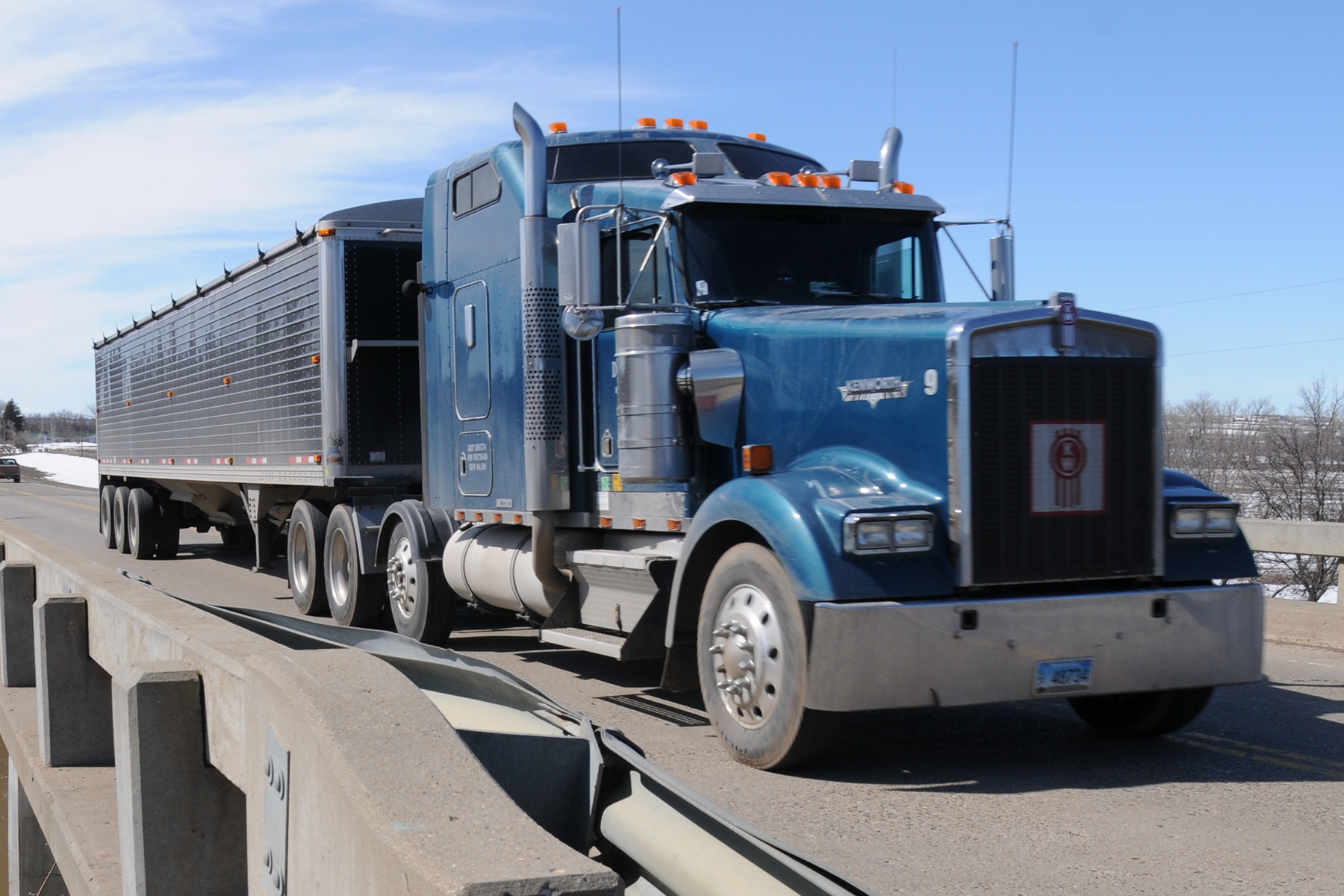
Group A (Combination Vehicle)
Any combination of vehicles with a gross combination weight rating (GCWR) of 26,001 pounds or more, provided the gross vehicle weight rating (GVWR) of the vehicle(s) being towed is in excess of 10,000 pounds.
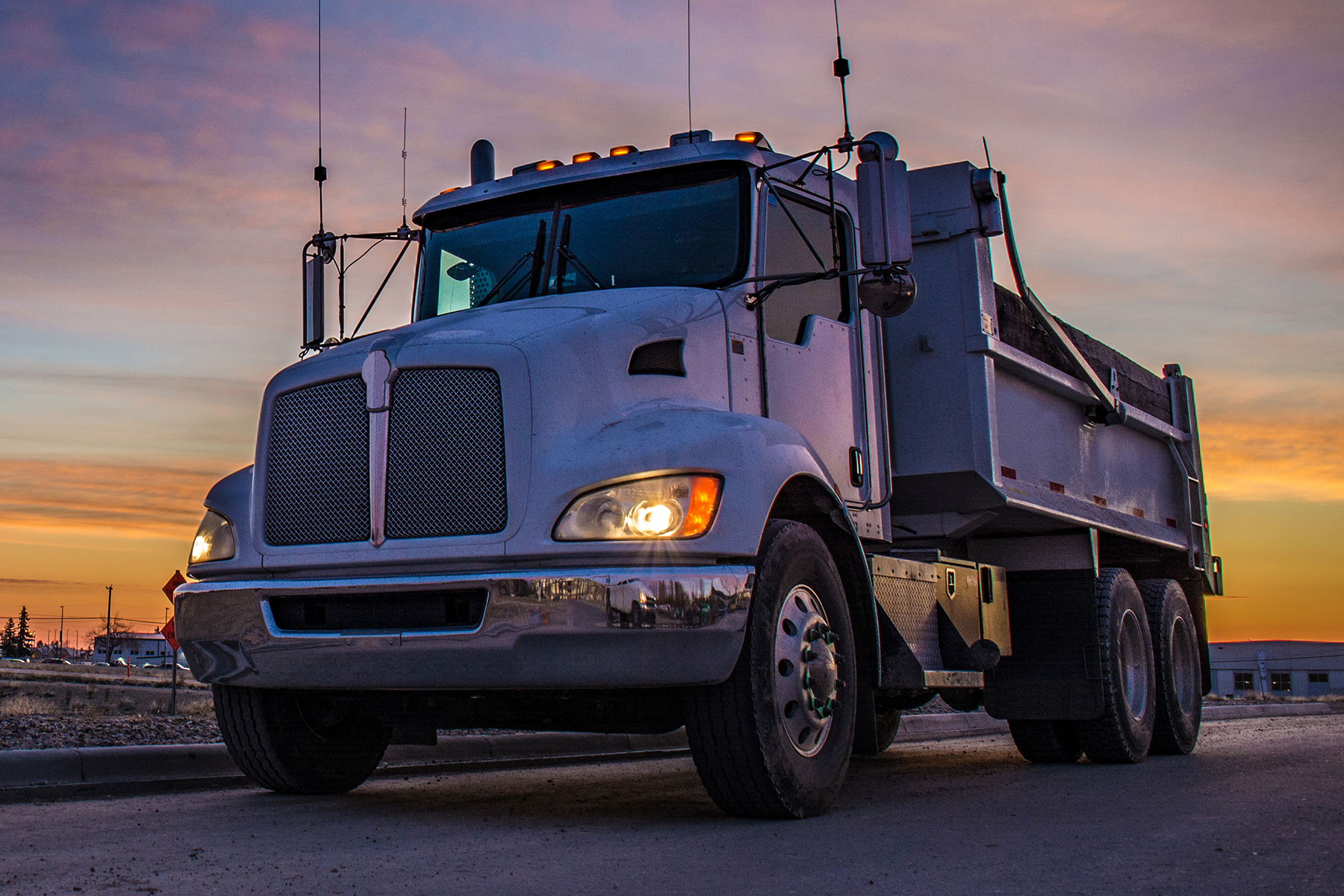
Group B (Heavy Straight Vehicle)
Any single vehicle with a GVWR of 26,001 pounds or more, or any such vehicle towing a vehicle not in excess of 10,000 pounds GVWR.
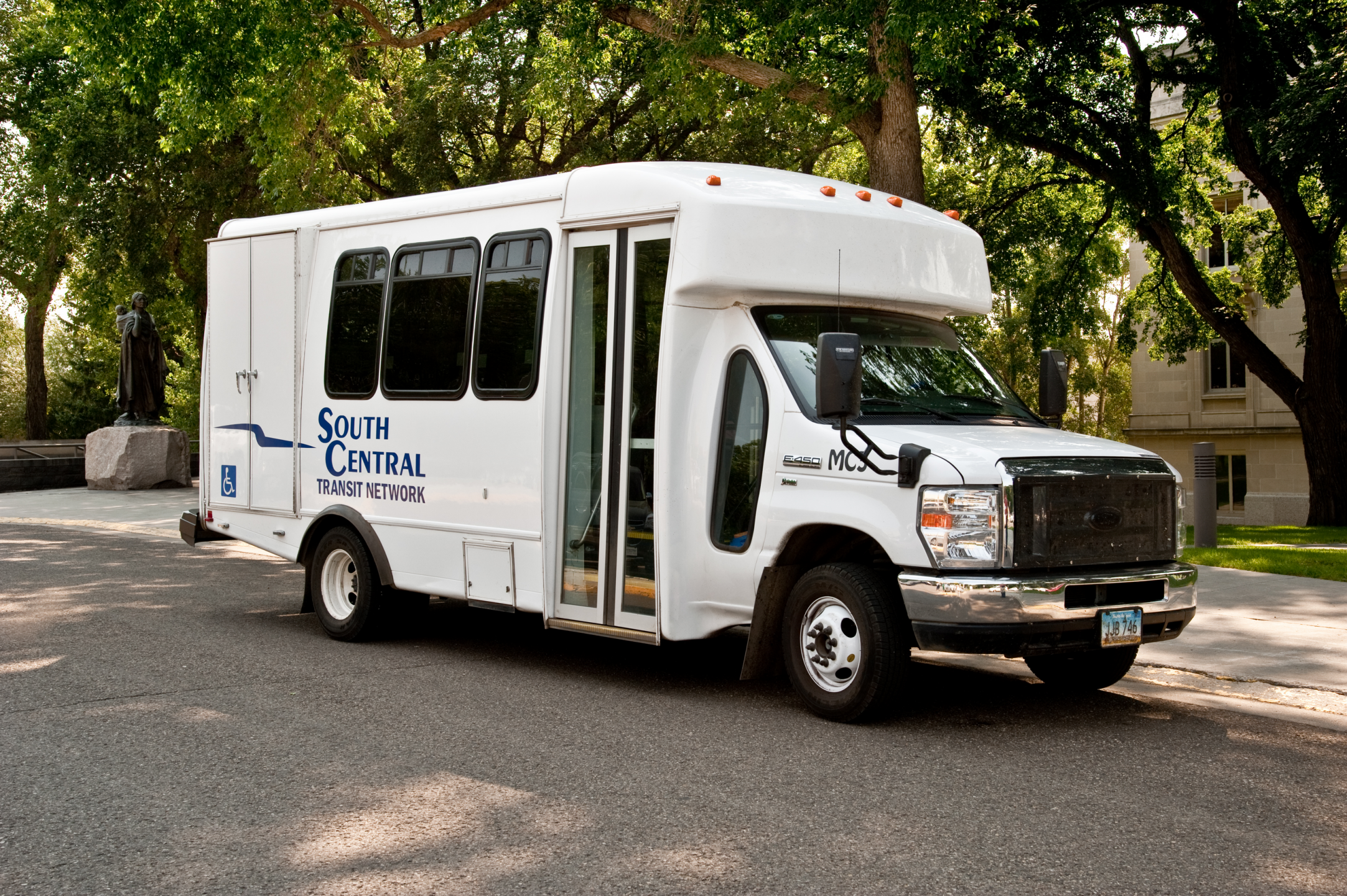
Group C (Small Vehicle)
Any single vehicle, or combination of vehicles, that meets neither the definition of Group A nor Group B, but is designed to transport 16 or more passengers including the driver or is used in the transportation of materials found to be hazardous that require the motor vehicle to be placarded. This includes any quantity of chemical or biological material or agent posing a threat to national security, including toxins.
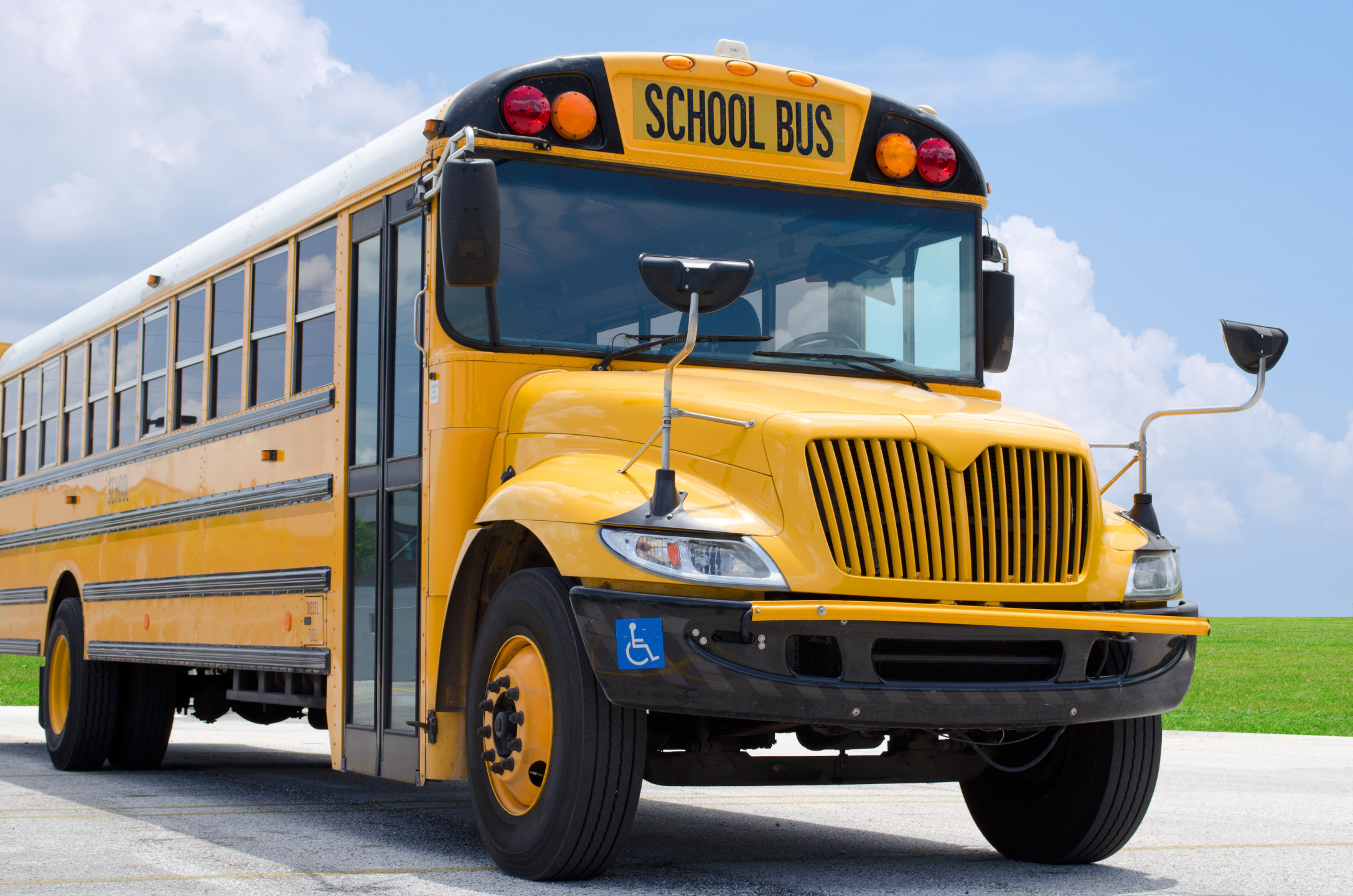
School Bus (S)
Required to operate a school bus designed to transport 16 or more passengers, including the driver, and is used to transport pre-primary, primary, or secondary school students from home to school, from school to home, or to and from school-related events. (Requires knowledge and road test in representative school bus equipped with flashing red lights for loading/unloading school children.)
School bus does not include a bus used as a common carrier. If you road test in a school bus under 26,001 GVWR, you will be restricted to "No Class A or B Passenger Bus".
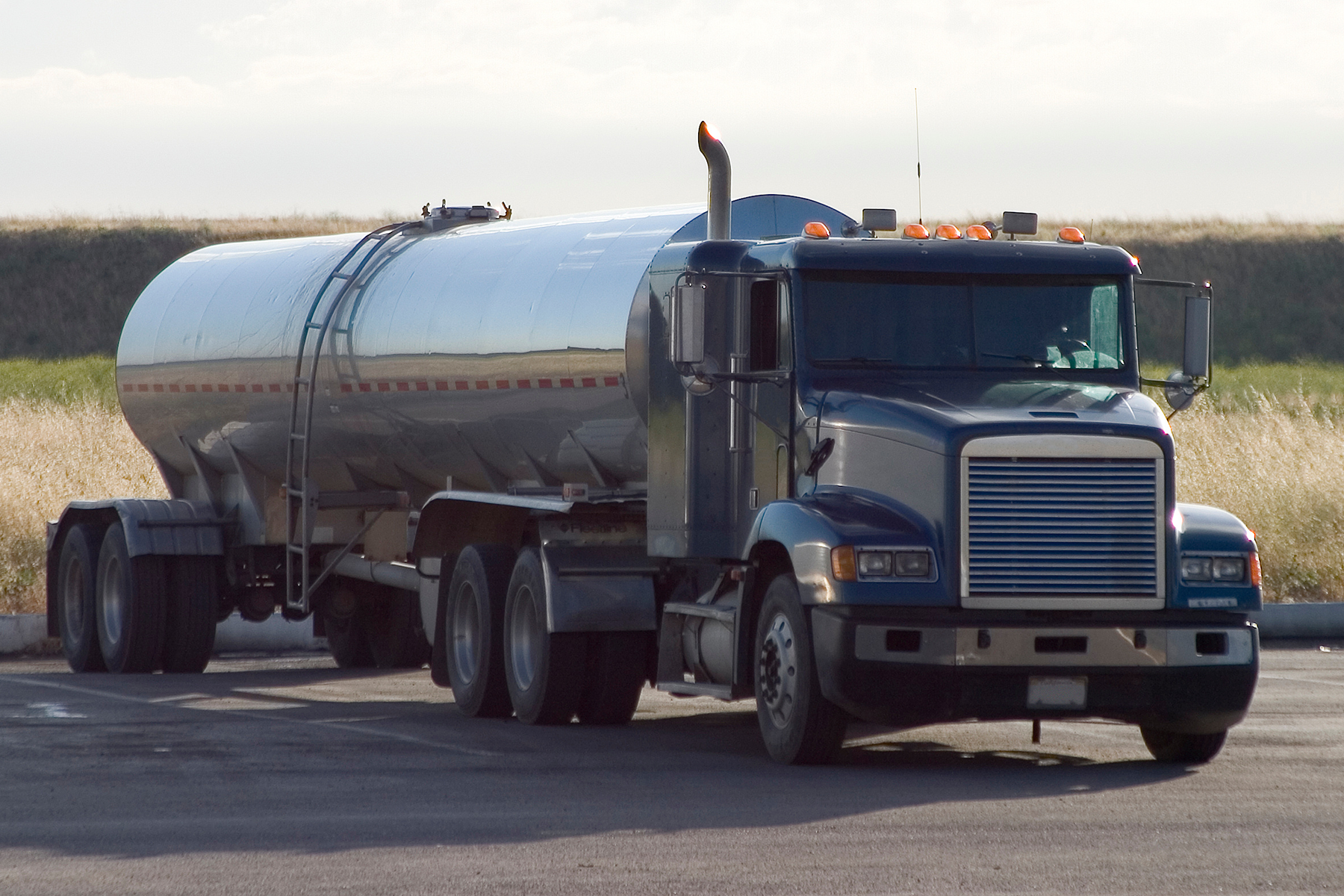
Tank Vehicles (N)
Required to operate a commercial vehicle used to haul liquids or gaseous materials within one or more tanks having an individual rated capacity of more than 119 gallons and an aggregate rated capacity of 1,000 or more gallons. (Requires knowledge test.)

Airbrake Restrictions (L or Z)
North Dakota does not classify Airbrakes as an endorsement but will restrict the CDL to "No Airbrake Equipped CMV" or "No Full Airbrake Equipped CMV".
To avoid the restriction, the driver must successfully pass both a knowledge and road test in a vehicle equipped with either a full or partial airbrake system.
